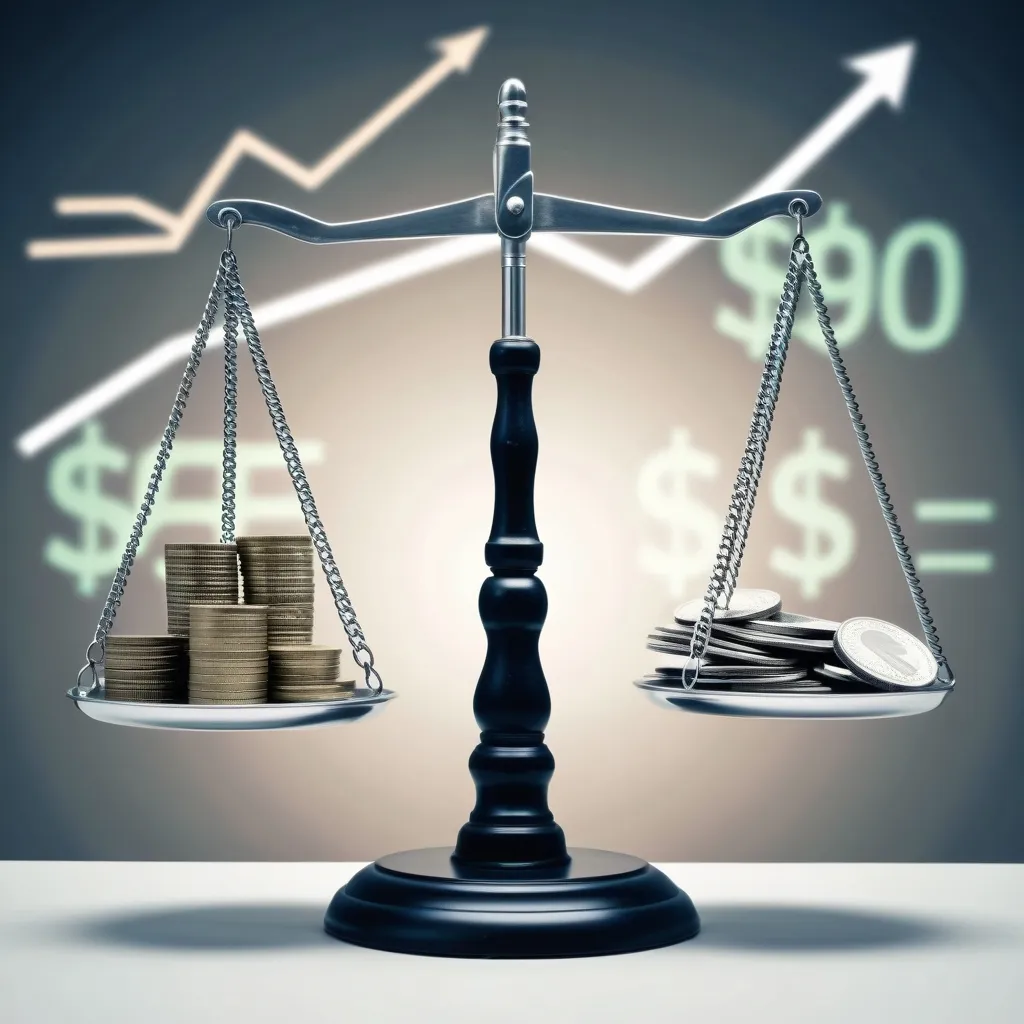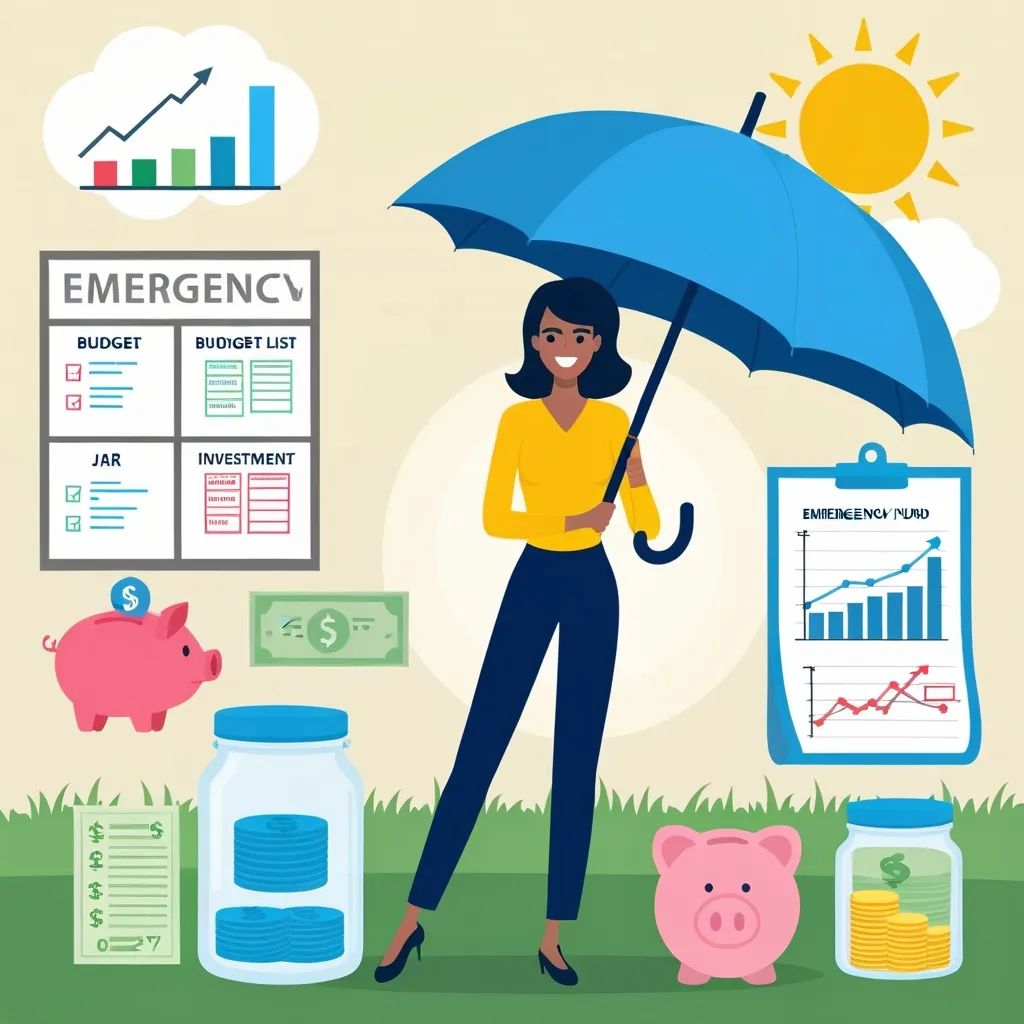Saving for retirement when you’re earning a low income can feel like climbing a mountain in flip-flops. It’s tricky, but by having a solid plan and the right mindset, it’s absolutely within reach. Let’s drop the jargon and dive into some handy strategies to get you moving in the right direction.
Understanding where you stand financially is the first step to saving for retirement. Get a good grip on how much you’re earning versus how much you’re spending. Sometimes, just seeing the numbers in front of you can spark a “Whoa, I need to cut back” moment. Once you understand your cash flow, use an online retirement calculator to get a glimpse of your future. It can reveal how your current saving habits stack up against your retirement goals. This sneak peek can guide your savings strategy as you move forward.
Everyone’s financial situation is different, so one-size-fits-all retirement plans just don’t cut it. You’ll want to tailor a plan that fits your income and spending habits like a glove. If budgeting feels like rocket science, a financial advisor can help create a personalized plan. This approach ensures that your plan considers your specific needs and dreams, making it realistic and achievable.
Now, let’s talk about retirement accounts. A Roth IRA or traditional IRA can be a game-changer, even for those with modest incomes. Don’t underestimate the power of small contributions. Let’s say you put aside the first number and the change from your paycheck. If you’re taking home $314.27, shove $3.27 into your IRA. It doesn’t seem like much, but those small bits can grow over time. Throwing a chunk of your tax refund into your retirement account is another smart move. Aim for at least 10%, and more if possible.
Another nifty technique is the 20-30-50 plan. It’s simple: 20% of your income should go towards savings and investments, 30% for fun stuff like dinners out or movies, and 50% for the basics—rent, utilities, groceries, and so on. Automate the savings part by setting up a direct transfer from your paycheck to your savings account. It’ll make saving feel more like setting it and forgetting it.
If your job offers a 401(k)—especially with a company match—don’t leave free money on the table! Even if you start with just 1% of your salary, it accumulates. Automatic enrollment can make contributing to these plans a breeze, and you’ll barely notice the money is missing until you gaze upon your growing nest egg.
Living on a tight budget usually means there’s little room for extras. Budgeting apps can be lifesavers, helping you keep tabs on expenses and stay within your means. Going beyond your earnings each month is a no-go—it hampers your ability to save. Be vigilant about managing debt and plan ahead for large expenditures. It’s all about maintaining the balance so you can keep funneling money into your retirement fund.
Certain government programs can provide a much-needed boost to your retirement income. Social Security, Medicare, Medicaid, food stamps, and Supplemental Security Income (SSI) are out there to help. Understanding how these benefits work will prep you for retirement, perhaps making life a bit easier when the time comes.
Investing wisely can also boost your retirement savings. Safe bets like government bonds or specific mutual funds offer decent returns without a high risk. Don’t put all your eggs—or dollars—in one basket. Diversify, but make sure it matches your risk tolerance and retirement timeline. Spreading out investments can protect you from financial heartache should one part of the market take a hit.
The magic of compound interest can transform even modest savings into a substantial sum over time. Start early and save regularly. Even as little as $40 a week can snowball into a comfortable retirement fund, thanks to the power of compound interest. It’s a long game, but persistence pays off, literally.
When you’re on an especially tight budget, every penny counts. Save that daily pocket change—it adds up. Redirect some of your birthday, holiday, or anniversary money into your retirement savings. You don’t need to start big. Consistency is more important. Baby steps can lead to giant leaps.
Steering clear of debt is crucial, especially as you inch closer to retirement. Avoid loans and credit card splurges for non-essential items. Focus instead on saving up for significant purchases and keeping any existing debt under control. This kind of financial discipline will carve out a smoother path for your retirement years.
Thinking ahead to retirement, consider downsizing or relocating to more affordable places. A smaller home or a less expensive city can significantly cut monthly expenses. This shift can free up extra cash, either for enjoying travel or simply covering your daily needs more comfortably.
Staying upbeat and dedicated to your savings goal is perhaps the most critical bit. Discipline and patience are essential. Celebrate every little contribution you make toward your retirement. It all adds up! Remember, a little saved now is better than nothing, and each small step you take brings you closer to a financially secure future.
In the end, saving for retirement—even on a low income—is not only possible but doable with the right approach. Craft a plan that reflects your reality, leverage retirement accounts, be smart with your spending, and make informed investments. Your future self will thank you, and those golden years may indeed be just a bit more golden.






